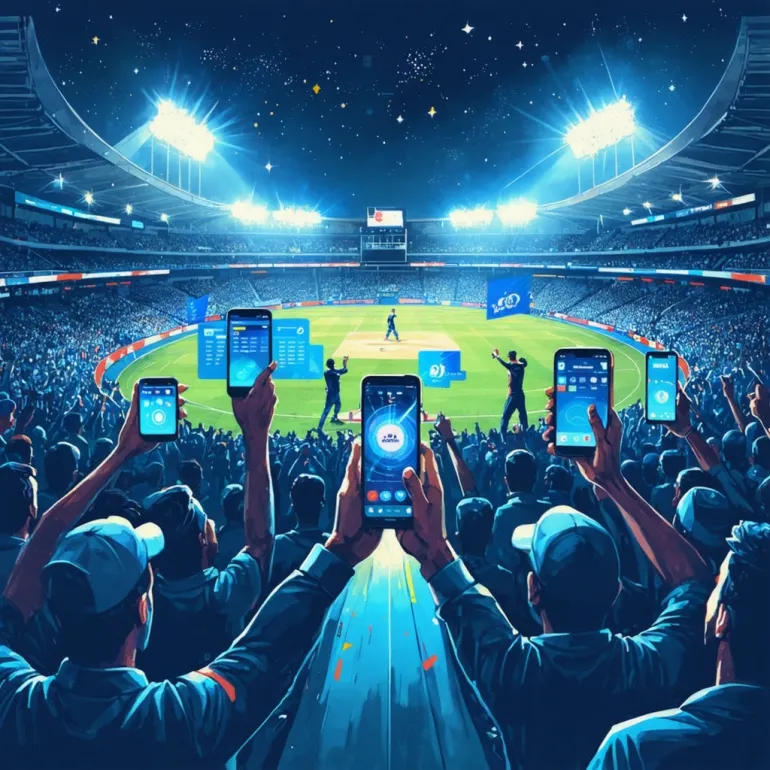Have you ever wondered how the vibrant world of Hindi literature came to be so rich and diverse? What forces shaped the words that have inspired millions, echoed the collective hopes, and chronicled
Why Do Hindi Literary Awards Matter More Than Ever?Imagine a world where the rich tapestry of Hindi literature goes unnoticed, where voices that shape culture, history, and society remain unheard.
Exploring the Pulse of Hindi Sahitya Ka Itihas CriticismImagine walking into a vast library, shelves lined with centuries of Hindi literature, each book a vibrant thread in the rich tapestry of Hindi
Tracing the Roots: Why Hindi Sahitya Ka Itihas Still Resonates TodayImagine stepping into a time machine that transports you across centuries of vibrant cultural expressions, passionate voices, and
The Rising Craze for Cricket Betting Apps in IndiaImagine this: the Indian Premier League is in full swing, and you’re not just watching the game but actively engaging with every ball, every







